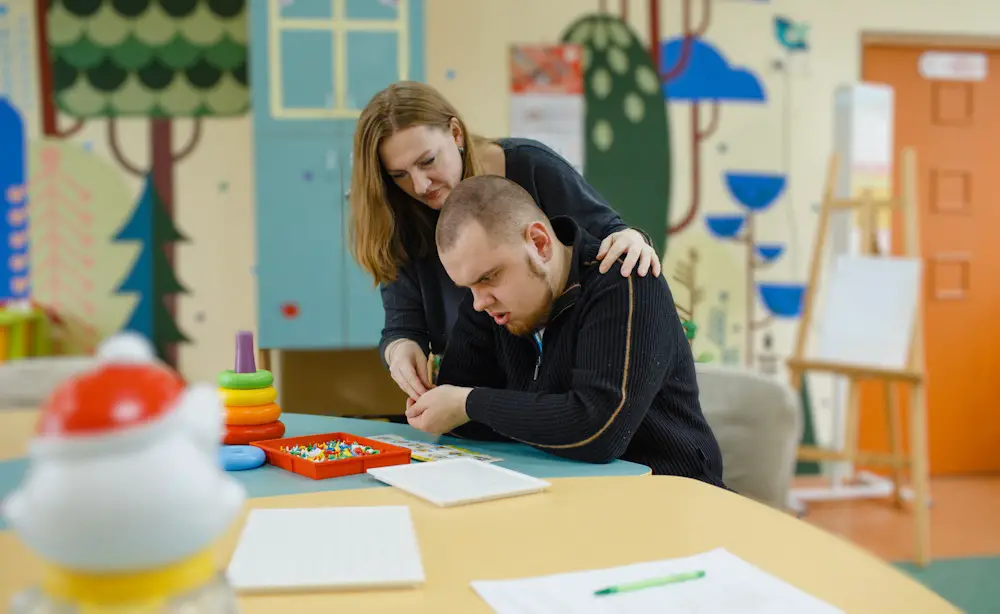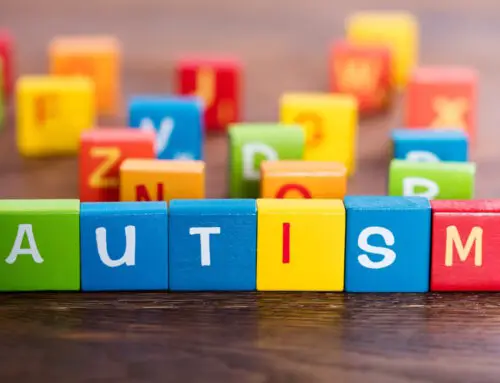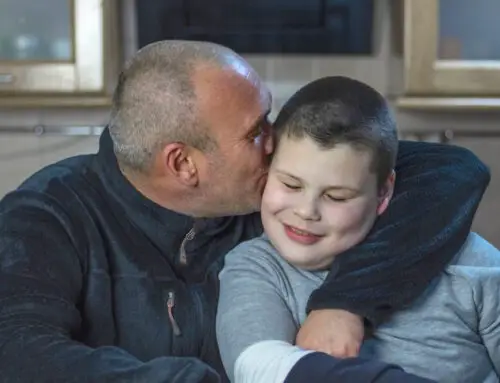Introduction
Autism, or autism spectrum disorder (ASD), is a complex developmental disorder characterized by challenges in social interaction, speech, and nonverbal communication, as well as the presence of unique strengths and differences. According to the Centers for Disease Control, ASD affects an estimated one in 54 children in the United States. Therapy can play a crucial role in autism treatment. The role of therapy in autism management is multifaceted, which can involve behavioral therapy, speech therapy, language therapy, occupational therapy, and many more depending on an individual’s specific needs and circumstances.
Section 1: Therapeutic Approaches to Autism
Therapy for autism spectrum disorder can follow numerous different approaches. Some are general in nature, providing support and intervention across a variety of areas, different types of autism therapy focus on a specific skill or behavior. A key tenet of effective autism therapy is its ability to cater to each autistic child’s unique needs. Due to the spectrum nature of the condition, an individual’s needs are varied. Here, we explore some of the therapeutic approaches including Applied Behavior Analysis (ABA therapy), Occupational Therapy, and Speech Therapy.
Subsection 1.1: Applied Behavior Analysis (ABA)
Applied Behavior Analysis therapy (ABA therapy) is a commonly used therapy for autism. It involves understanding individual behaviors and modifying them by reinforcing desired actions and reducing unwanted ones. ABA can help to improve social skills, communication skills, reading level, and adaptive learning skills, among other areas. The therapy is particularly beneficial for individuals with autism as it helps increase a variety of skills crucial for day-to-day functioning and independence.
Subsection 1.2: Occupational Therapy
Occupational Therapy for autism is geared towards improving fine motor skills, sensory integration, and daily living skills. As individuals with autism often struggle with sensory and motor skill issues, an occupational therapist provides a beneficial means for them to develop these abilities. The occupational therapist works closely with individuals to enhance their skill sets which can elevate their overall quality of life.
Subsection 1.3: Speech Therapy
Speech and Language Therapy is critical for addressing the communication challenges faced by individuals with autism. Speech therapists employ different types of techniques like articulation therapy, language intervention activities, and others to improve the individual’s verbal, nonverbal, and social communication. These can help an individual with autism tremendously in their social environments.
Section 2: Early Intervention Therapies
Early intervention, ideally starting before age three, can have a profound effect on improving long-term outcomes for autistic individuals. Some specific early intervention approaches include the Early Start Denver Model (ESDM) and Pivotal Response Treatment (PRT).
Subsection 2.1: Early Start Denver Model (ESDM)
The Early Start Denver Model (ESDM) strategy for behavioral therapy uses play and joint activities to help children aged 12 to 48 months develop social skills and language. ESDM has been found to be quite effective, as children treated with this approach have shown significant differences in IQ, language, adaptive behavior, and autism diagnosis compared to those who did not receive this intervention.
Subsection 2.2: Pivotal Response Treatment (PRT)
Pivotal Response Treatment (PRT) aims to increase a child’s motivation to learn, monitor their own behavior, and initiate communication with others. It hinges on the principle that enhancing these “pivotal” behaviors can bring about widespread improvements in other social, communicative, and behavioral areas.
Section 3: Social Skills Therapies
The development of social interaction skills and better communication abilities can greatly help individuals with autism. Here we discuss two specifically designed methods: Social Stories and Picture Exchange Communication System (PECS).
Subsection 3.1: Social Stories
Social Stories are personalized short stories that portray a social situation in a clear and reassuring manner, helping individuals understand and manage their behaviors better. By providing a framework for the autistic person to understand social expectations, social stories can alleviate stress, enhance communication, and promote appropriate social behavior.
Subsection 3.2: PECS (Picture Exchange Communication System)
PECS, designed for non-verbal individuals, is a functional communication system that uses pictures as a form of exchange. It helps these individuals to initiate communication and express their needs or wants, thus reducing frustration and enhancing their social interaction capabilities.
Section 4: Effectiveness of Autism Therapies
The effectiveness of autism therapies can be influenced by various factors including the age of intervention, regularity, and intensity of therapy, the involvement of family members, and the individual. Successful therapeutic outcomes often require a collaborative approach where caregivers, therapists, and the individuals with autism themselves actively participate.
Conclusion
Autism therapy can be a powerful tool for individuals with autism, helping them achieve significant developmental milestones and lead fulfilling lives. Given the spectrum nature of the condition, therapy approaches should be personalized. While some individuals might benefit from ABA therapy, others might find occupational therapy, speech therapy, or social skills therapy more beneficial. The therapeutic journey of each individual with autism is unique and demands an ongoing commitment from both therapists and caregivers. As knowledge in this field advances so does the need for further research to continually refine, enhance, and individualize therapeutic processes to optimize their efficacy and impact.
Resources
In our aim to help you find the most accurate and comprehensive information on autism therapies, we recommend resources such as Autism Speaks, Autism Science Foundation, the American Speech-Language-Hearing Association (ASHA), and the Association for Science in Autism Treatment. For families seeking support, resources like Autism Society and the National Autism Association offer community, guidance, and advocacy for individuals and families affected by autism.




